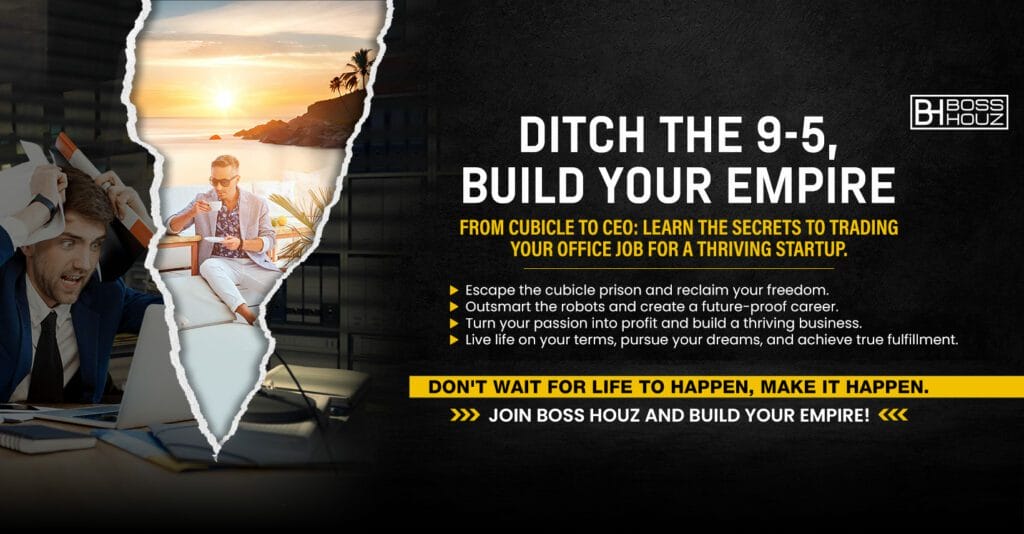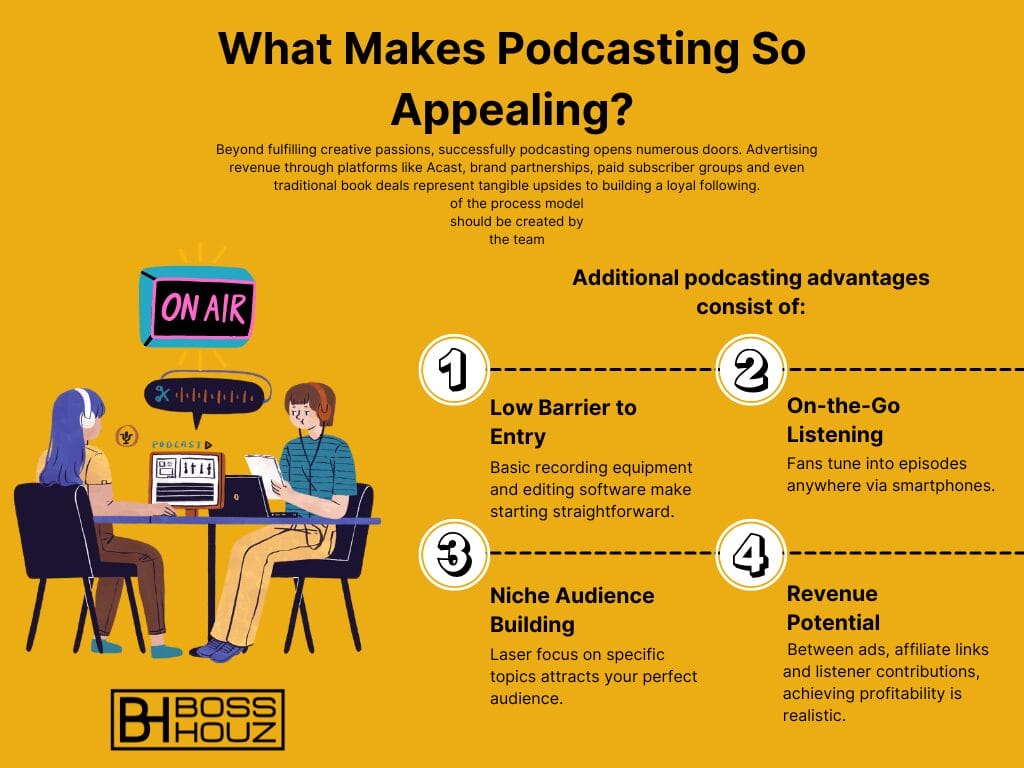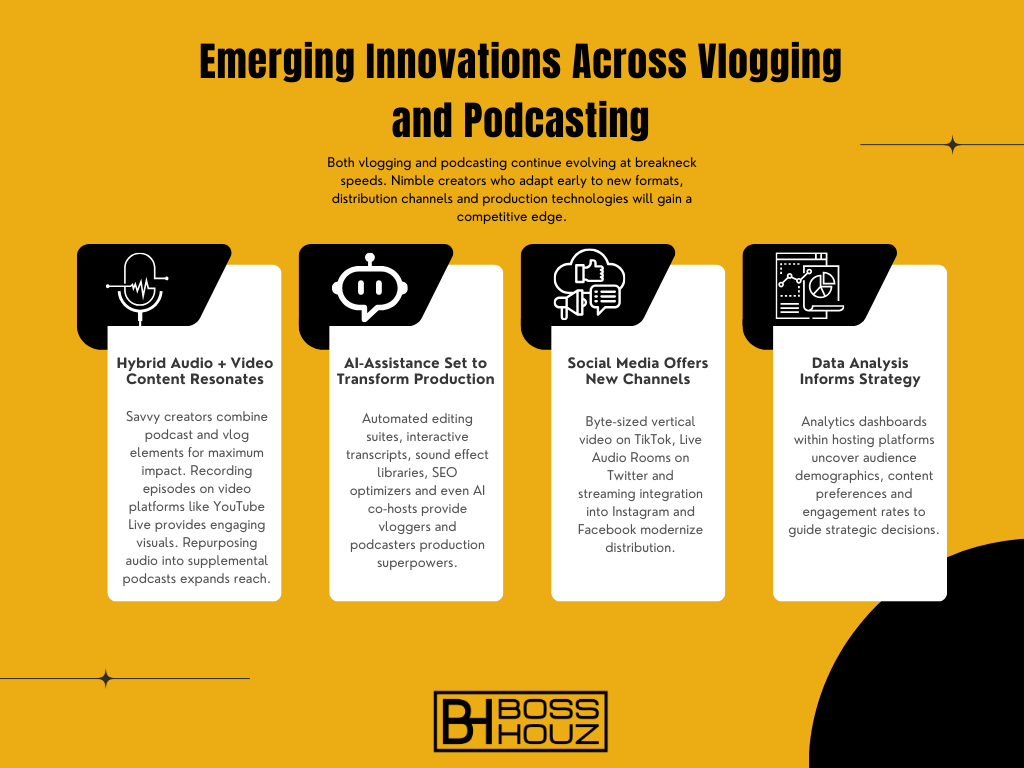Content creation has radically transformed in recent years. Once restricted to text-based blogs, aspiring creators can now easily share their voice through mediums like video blogs (vlogs) and podcasts. However, with both vlogging and podcasting gaining immense popularity, an inevitable question arises – which is the better format for you?
In this comprehensive guide, we’ll clarify the distinctions between vlogs and podcasts across critical factors like production needs, audience reach, monetization potential and more. By understanding the unique strengths and limitations of each, you can deliberately select the best medium for achieving your goals. Let’s weigh up these prominent forms of digital content!
Table of Contents
The Rise of Vlogging: Visual Storytelling for the Masses
A vlog, short for ‘video blog’, encapsulates any form of digital media combining embedded video with supporting text or imagery. Ranging from tightly edited montages to casual webcam recordings, vlogs enable creators to share ideas through visual storytelling.
While the origins of vlogging trace back to the early 2000s, simplicity and accessibility catalyzed exponential growth. Today, popular platforms like YouTube and TikTok empower anyone with a smartphone to become a vlogger – no fancy equipment required.
But what exactly constitutes an effective vlog? Hallmarks include:
- Authentic On-Camera Presence: Relatability and personality shine through unscripted recordings.
- Thoughtful Visuals: Images, graphics and video clips reinforce the narrative.
- Conversational Delivery: Speaking directly to the audience builds connections.
- Tight Editing: Condensing long-form footage into shareable highlights.
For creators passionate about visually engaging audiences, vlogging represents an unmatched medium. Let’s explore why.

Why Vlogging Appeals to Modern Digital Creators
Beyond providing a creative outlet, successfully vlogging can transform into a full-time career – just ask mega YouTubers like Casey Neistat or Emma Chamberlain. But even smaller channels unlock exciting opportunities through vlogging, from affiliate commissions to brand sponsorships.
Additional advantages include:
- Personality-Driven Content: Showcase your unique self through unfiltered recordings.
- Expanded Audience Reach: YouTube provides access to over 2 billion monthly viewers.
- Interactive Elements: Include real-time polls, Q&As and more to boost engagement.
- Adaptable Production: Record basic vlogs on your phone or invest in pro equipment over time.
With the right combination of charisma, consistency and perseverance, vloggers build devoted followings eagerly awaiting new uploads.
The Mesmerizing Rise of Podcasting
While vlogging captures attention through visuals, podcasts enrapture listeners through engaging audio content. Generally structured as episodic digital audio files, modern podcasts encompass a vast range of topics and formats – from true crime to comedy, scripted dramas to news reporting and everything between.
Like vlogging, podcasting traces back over a decade but only recently entered the mainstream. However, with over 100 million Americans tuning into podcasts monthly, momentum continues accelerating at a staggering pace.
From solo hosts like Joe Rogan to highly produced series like Serial, brilliant podcasts share common attributes:
- Conversational Tone: The host’s personality and dialogue shine through.
- Compelling Topics: Whether for entertainment or education, episodes drill down into engaging themes.
- Strategic Structure: Content blocks, interviews, sound clips and effects optimize listenability.
- Consistency: Releasing new episodes reliably keeps audiences engaged.
For creators seeking to build an intimate connection with their audience, podcasting delivers an unparalleled experience. Now let’s examine why it appeals.
What Makes Podcasting So Appealing?

Beyond fulfilling creative passions, successfully podcasting opens numerous doors. Advertising revenue through platforms like Acast, brand partnerships, paid subscriber groups and even traditional book deals represent tangible upsides to building a loyal following.
Additional podcasting advantages consist of:
- Low Barrier to Entry: Basic recording equipment and editing software make starting straightforward.
- On-the-Go Listening: Fans tune into episodes anywhere via smartphones.
- Niche Audience Building: Laser focus on specific topics attracts your perfect audience.
- Revenue Potential: Between ads, affiliate links and listener contributions, achieving profitability is realistic.
For hosts who connect through authentic storytelling or share their unique perspective, podcasting enables forging deep bonds with fans in a scalable way.
Vlog vs Podcast: Key Comparative Factors
Now that we’ve outlined the core components of vlogs and podcasts independently, let’s directly compare their distinguishing attributes across critical areas creators weigh up:
Audience Engagement
Vlogs enable visually showing your ideas in action – demonstrations, experiments or experiences unfold on-screen. The combination of personality-driven hosting and dynamic sights and sounds captivates viewers.
Podcasts rely solely on verbal delivery and imagery invoked in one’s imagination. Excellent hosts mesmerize listeners through memorable narratives, witty banter and emotive dialogue.
Content Production
Vlogging requires conceptualizing visual elements and recording extensive raw footage before intensive editing. However, phone cameras provide adequate basic quality.
Podcasting focuses content creation into scripting narratives and outlining structural elements. Recording requires just microphones, editing software and publishing platforms.
Time Commitment
Vlogs demand extensive effort for filming, editing, optimizing and promotion. Shortening the production cycle risks declining quality.
Podcasts feature easier pre- and post-production, especially for less structured shows. Still, consistency remains vital in releasing episodes.
Startup and Ongoing Costs
Vlogging necessitates video editing suites, lighting, high-quality cameras, tripods and potential graphics software. Expenses scale up over time.
Podcasting only requires recording equipment and editing software initially. Hosting plans and distribution platforms incur ongoing costs.
Discoverability and SEO
Vlogs benefit from YouTube’s vast built-in audience. Optimizing titles, descriptions and subtitles boosts search visibility.
Podcasts require promotion across platforms and directories. Targeted show notes and strategic keyword usage aid SEO.
Monetization Opportunities
Vlogs unlock various income streams like YouTube ad revenue, affiliate links, brand sponsorships and fan funding options.
Podcasts also provide diverse options – ad placements, premium subscriber groups, merchandise stores, live events and more.
Weighing up these key factors illuminates the distinct advantages of each medium.
Aligning Goals and Resources to the Best Platform
While highlighting contrasting attributes, both vlogs and podcasts represent potential paths for creating commercial-grade content. Critically evaluate your aspirations and available resources when deciding between them.
Evaluating Your Target Audience and Content Vision
- What demographic seeks your ideas out? How do they consume content?
- Are visuals or audio better for conveying your vision?
- Does highly produced or informal content align better?
Considering Your Skills and Passions
- Do you wish to build content around a specific expertise?
- Are you more comfortable presenting on-camera or through voice recordings?
- Do you enjoy ideating visual elements or writing narratively?
Assessing Your Resource Reality
- Is investing considerable time into editing and optimizing feasible?
- Can you access filming equipment or just basic recording tools?
- Are paid growth services like advertising within reach?
Establishing clarity around these considerations illuminates which platform best supports bringing your goals to fruition.
Emerging Innovations Across Vlogging and Podcasting

Both vlogging and podcasting continue evolving at breakneck speeds. Nimble creators who adapt early to new formats, distribution channels and production technologies will gain a competitive edge.
Hybrid Audio + Video Content Resonates
Savvy creators combine podcast and vlog elements for maximum impact. Recording episodes on video platforms like YouTube Live provides engaging visuals. Repurposing audio into supplemental podcasts expands reach.
AI-Assistance Set to Transform Production
Automated editing suites, interactive transcripts, sound effect libraries, SEO optimizers and even AI co-hosts provide vloggers and podcasters production superpowers.
Social Media Offers New Channels
Byte-sized vertical video on TikTok, Live Audio Rooms on Twitter and streaming integration into Instagram and Facebook modernize distribution.
Data Analysis Informs Strategy
Analytics dashboards within hosting platforms uncover audience demographics, content preferences and engagement rates to guide strategic decisions.
Closely tracking emerging innovations in the space you occupy primes you to ride new waves rather than being disrupted.
Vlog or Podcast: Assessing Your Best Pathway
When weighing up commencing your content creation journey through vlogging or podcasting, avoid perceived notions that one holds inherent superiority. Rather, critically examine how each platform’s unique characteristics align with your goals, resources and content style.
While simplified, if you aspire to build an intimate community around your personal stories or commentary, podcasting likely fits best. For demonstrative visual content, vlogging prevails.
Of course, once established on one platform, expanding your content across mediums represents an obvious growth strategy. Repurposing audio into video and vice versa maximizes your reach and revenue.
Let’s consider scenarios where committing fully to either vlogging or podcasting makes strategic sense before highlighting hybrid approaches.
When Vlogging Makes Sense
Vlogging shines for creators who:
- Teach Tactile Skills: Demonstrating handcrafts, recipes, experiments or technical tutorials requires visuals.
- Share Eye-Catching Experiences: Capturing travel adventures, extreme sports or family life drives engagement through vivid imagery.
- Attract Younger Viewers: Teen and young adult audiences overwhelmingly prefer digestible videos over purely audio content.
- Monetize Visually: Product placements, brand sponsorships and video ads offer direct revenue streams.
With billions of people already on YouTube, vloggers gain access to this ready audience. Just ensure your niche isn’t oversaturated.
When Podcasting Makes Sense
Alternatively, consider launching a podcast if you:
- Crave Deep Storytelling: Building intricate narratives supported by vivid imagery conjured internally resonates profoundly.
- Debate Ideas and Concepts: Discussing complex or controversial ideas shines through long-form dialogue.
- Target Information-Seekers: People embracing self-education often prefer audio accompanied by show notes.
- Seek an Intimate Medium: Fostering personal connections with listeners fulfills you.
Promoting a new podcast poses challenges, but galvanizing true fans who passionately impact ratings and reviews offers immense upside.
Can Hybrid Models Work?
Rather than an either/or proposition, integrating both mediums can maximize impact:
- Simultaneous Launch: Creating a vlog and podcast in parallel more than doubles your effort but provides flexibility to pivot based on traction.
- Start with Audio: Launching as a podcast minimizes production barriers before incorporating video elements.
- Start with Video: Established vloggers can repurpose content into supplementary podcasts, accessing new audiences.
Just ensure consistency across the formats to avoid confusing your audience.
Evaluate your skills, resources and goals, but don’t limit yourself. As platforms continue converging, mastering both video and audio content unlocks major opportunities.
Future-Proofing Your Content Creation Strategy
As vlogging and podcasting maturity, consumer behaviors shift and new technologies emerge. Nimble creators able to adapt across formats and platforms assure their longevity. Consider these predictions:
Vlogs and Podcasts Converge: Lines between video and audio continue blurring. Expect hybrid video podcast formats to gain traction along with repurposing existing content across mediums.
Social Media Expands Influence: Tight integration with platforms like TikTok and Instagram Shopping steer strategy for vloggers while Twitter Spaces and Facebook Live Audio compete for podcast airtime.
Artificial Intelligence Assumes Creators Roles: Automated editing suites, interactive transcripts, sound effect libraries, virtual co-hosts and promotional tools amplify output while reducing workloads.
Diehard Fans Fund Production: Direct listener and viewer contributions via avenues like Patreon or direct payment platforms supplement advertising revenue.
Rather than a flash in the pan, evidence firmly suggests vlogging and podcasting represent the future of digital content creation. Commit for the long haul, but be prepared to evolve both your personal skills and distribution strategies in response to accelerating industry innovation.
Wrapping Up the Vlog vs Podcast Debate
Vlogs and podcasts share accessibility in empowering anyone to share their passions and perspectives through digital content. However, creators must still deliberately select the best format to share their message and connect with the right audience.
Vlogging presents the ultimate medium for demonstrative visual content best leveraged through platforms like YouTube. Alternatively, podcasting shines when personal, long-form narratives foster intimate listener connections.
Moving forward, the lines between these platforms will inevitably blur through innovative hybrid models. But creators still need to play to their unique strengths while aligning goals to the format that gives them the best chance of making an impact.
As you embark on establishing your vlog, podcast or blended content channel, embrace the creative flexibility to find your voice. But also commit to understanding data, optimizing processes and adapting to shifts in consumer behavior. Lay foundations for the long term by fixating less on immediate success metrics and more on slowly cultivating connections with your perfect audience.
Experiment relentlessly and don’t fear failure. The feedback generated helps strengthen future content aligned tightly with what your fans crave. See both victories and setbacks as learning opportunities while persisting through the turbulent journey of discovering your voice.
As platforms evolve rapidly, so must your strategies. But podcasting and vlogging skillsets transfer across whichever channels ultimately captivate digital audiences. Back yourself by adding unique value to consumers lives – the medium itself matters far less than the meaningful stories you share.
Commit to the long game. Build trust with your audience day by day. And regardless of the platform, always champion authenticity above all else.
FAQs Around Launching a Vlog or Podcast
Deciding between vlogging or podcasting raises plenty of questions around production, promotion, monetization and more. Here are answers to the most common.
What equipment do I need to start vlogging vs podcasting?
Vlogging demands a modern smartphone or camera plus basic editing software initially. Invest in lighting and mics over time. Podcasting only requires a USB mic, headphones and simple editing tools to begin.
What content formats work best on YouTube vs podcast apps?
YouTube favors short videos under 10 minutes, with strong openings hooking viewers. Personality-driven vlogs thrive. Podcasts support longer form narratives or interviews over 20+ minutes. Both scripted and free-flowing formats succeed.
How often should I post vlog videos or podcast episodes?
When starting out, aim for vlog videos at least once a week, or daily if manageable. Top YouTubers post multiple times per week. Podcasts can begin with an episode per week, scaling up to 2-3 times weekly later.
Can I earn money through ad revenue on YouTube or podcast platforms?
Top channels on YouTube can earn substantial income from video and overlay ads. Most podcast platforms facilitate inserting paid native ads. Compare platforms like Acast, Buzzsprout and Red Circle for podcasts monetization.
What’s better for organic visibility – YouTube SEO or podcast optimization?
YouTube SEO centers on tagging videos, optimizing titles/descriptions, transcribing automatically. Podcast SEO focuses on Apple Podcasts rankings, crafting shareable show notes and leveraging keywords in episode metadata.
How can I promote my vlog/podcast?
Share video clips or episode highlights natively on social channels. Guest post on niche websites. Pitch your show to media publications. Run paid ads showcasing content samples. Foster word of mouth by collaborating with influencers.








